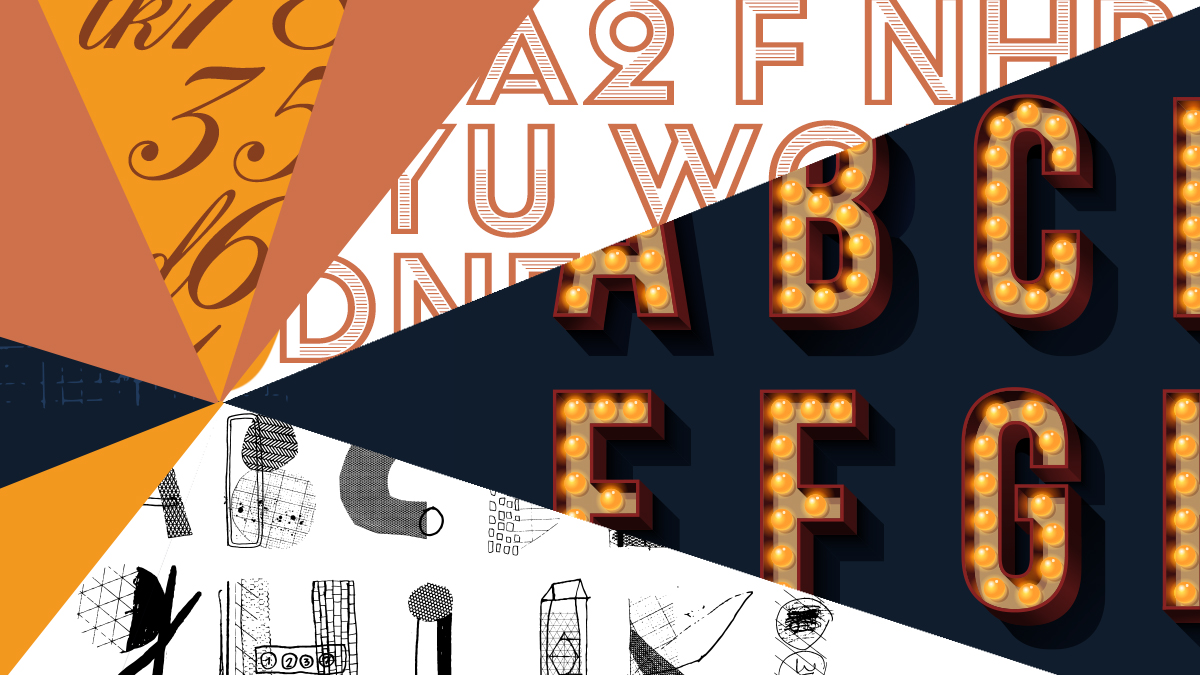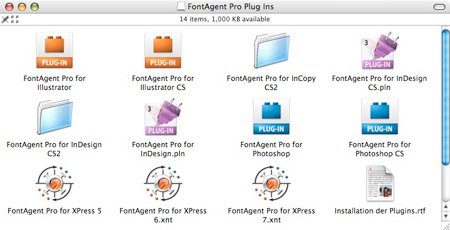

- #Fontagent pro auto activation not working for mac
- #Fontagent pro auto activation not working install
- #Fontagent pro auto activation not working upgrade
In the first look, you may think the Font Book is enough.īut, then, you should understand that a designer needs to handle hundreds of fonts at best.

You can also create smart collections using this utility. When you select a single font, it also shows a preview of how it looks. You can not only see the list of System and User-installed fonts but also categorize them. As you can see, the latest version of Font Book brings a lot of handy features. This works as the native font manager for macOS as well, offering you a platform to access/manage the fonts one may have installed on the Mac. So, macOS ships with a decent utility called Font Book. That’s why you need a font manager in the first place. You may have to disable, group, and manage fonts in general. Quite simply, if you ask us.īut, you don’t always need all the fonts. Double-clicking on the font file will handle the installation for you.
#Fontagent pro auto activation not working install
So, if you have a font with the extensions mentioned above, you can install it on macOS.

macOS Mojave adds support for OpenType-SVG fonts. MacOS supports TrueType (.ttf), Variable TrueType (.ttf), TrueType Collection (.ttc), OpenType (.otf), and OpenType Collection (.ttc) fonts. Well, that’s why macOS allows you to install third-party fonts on your Mac. You can’t make the best design using these fonts alone. But, as a designer, these fonts mean nothing. Well, you can’t remove most of them if you’re using macOS Catalina, though. So, on an ideal day, you should not remove the mentioned fonts from macOS. As you can guess, these are some of the cleanest-looking fonts too. If you use the iWork suite, however, you need more fonts like Chalkboard, Optima, Baskerville, Papyrus, Futura, etc. The list includes fonts like AppleGothic, Arial, Comic Sans, Georgia, Impact, Tahoma, Times New Roman, and Verdana, etc. However, only some of them are the most essential for the OS and most third-party apps to function correctly. The system ships with a wide variety of fonts, belonging to different categories. Just like every other Operating System, macOS requires many fonts to function. But, how do you collect and manage the various fonts out there? If you use a Mac for your design workflow, you’re in the right place. Picking the wrong font for even the right design can ruin the design altogether. What we are saying is this: fonts are essential.
#Fontagent pro auto activation not working for mac
Looking for Mac fonts? Click to find the best 66 free fonts in the Mac style. Suspendisse tellus augue, tincidunt sit amet aliquam sed, porttitor sed lacus. Nunc in metus vel risus suscipit auctor quis nec mi. Lorem ipsum dolor sit amet, consectetur adipiscing elit. There is also a reason why you should not use Comic Sans on formal design.įont-tstar I am a DIV with the class 'font-tstar' which displays the following family: font-name('tstarmonoroundregular'), Helvetica, Arial, Sans-Serif.

There is a reason why the New York Times and someone’s bio website do not use the same font. No matter what digital product you create, fonts make all the difference in the world. We also added a little information about our tips on managing fonts on Mac.
#Fontagent pro auto activation not working upgrade
Editor’s note: We’ve updated this guide with a new upgrade pick – Font Explorer X Pro.


 0 kommentar(er)
0 kommentar(er)
